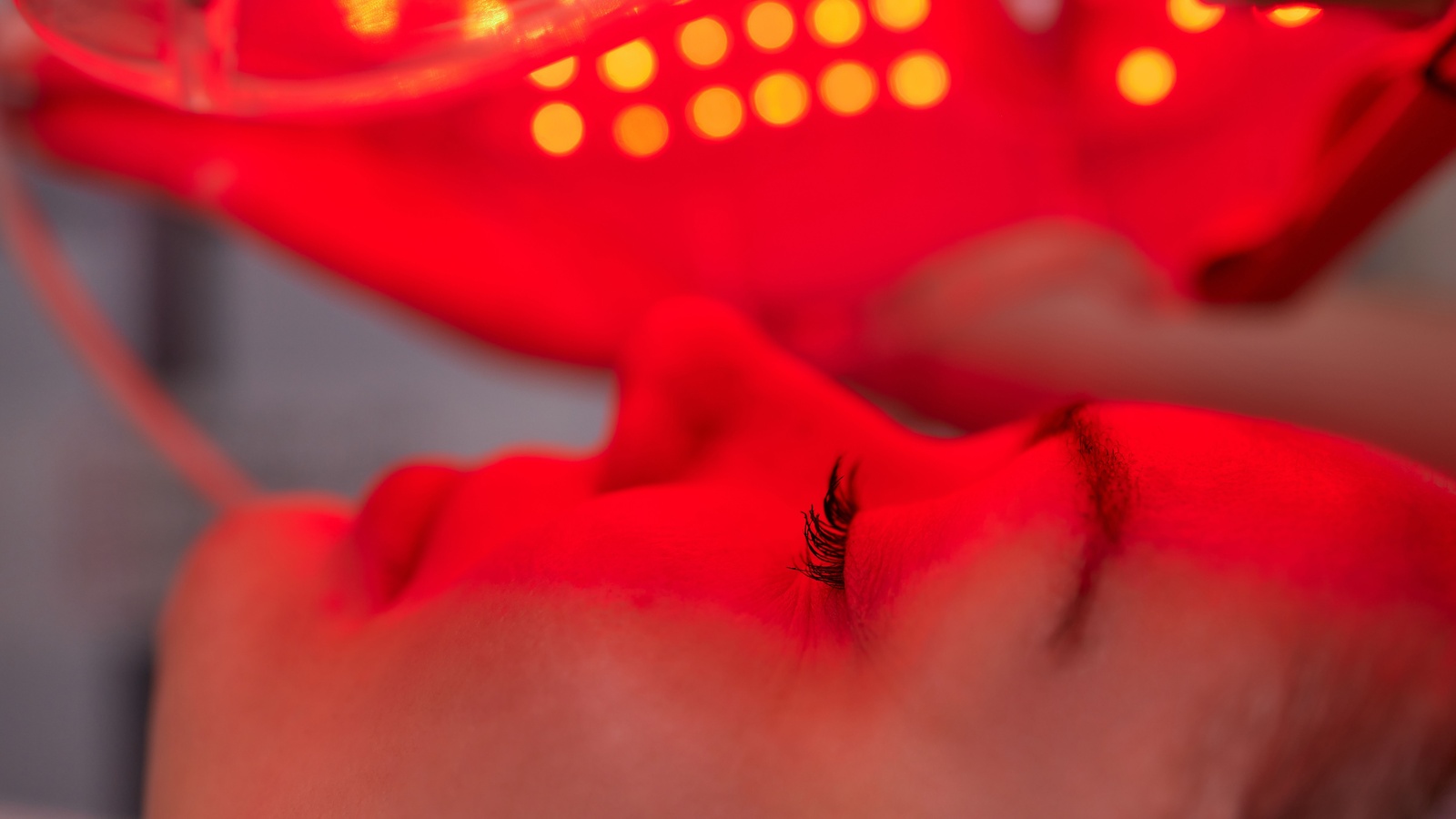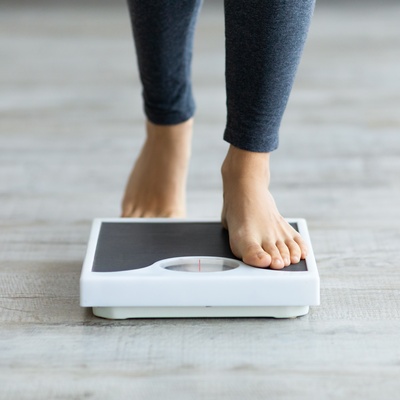Articles / Healthy Living
Nov 4, 2024
17K Views
Exploring Natural Light, Red Light, Blue Light, Infrared, and Saunas
By Food Matters Institute
Light, in its many forms, plays an essential role in our health and well-being. Each type of light has a unique effect on the body, and understanding these differences can help us harness light therapies to target specific health goals. Here, we’ll break down the distinctions between natural light, red light, blue light, infrared light, and saunas—shedding light on how each can contribute to physical and mental wellness.
1. Natural Light: The Foundation of Health and Well-being
What It Is: Natural light from the sun spans the full spectrum, including visible and invisible wavelengths (like ultraviolet and infrared light). Exposure to natural light is crucial for maintaining a healthy circadian rhythm, which affects sleep, mood, and overall energy levels.
Benefits: Sunlight helps regulate sleep-wake cycles, stimulates vitamin D production, and supports mental health by boosting serotonin levels. Early morning sunlight exposure is particularly beneficial for setting a balanced circadian rhythm, which enhances both daytime alertness, nighttime sleep quality and hormone health
Who It’s For: Everyone benefits from regular, safe exposure to natural light, especially in the morning. However, prolonged sun exposure should be moderated to prevent skin damage, making a balanced approach essential.
2. Red Light Therapy: Skin Health, Pain Relief, and Cellular Healing
What It Is: Red light therapy (RLT) uses low-level wavelengths of red light (typically between 620–750 nanometers) that penetrate 1–2 centimeters into the skin. This stimulates cellular activity and promotes healing.
Benefits: Red light therapy is widely recognized for its anti-aging effects, as it boosts collagen production, reduces wrinkles, and promotes overall skin rejuvenation. It’s also commonly used to alleviate joint pain, muscle soreness, and inflammation, making it popular among athletes and individuals with chronic pain.
Who It’s For: Red light therapy is suitable for people seeking skin benefits, pain relief, or post-exercise recovery. It’s also beneficial for those interested in promoting cellular repair and reducing inflammation naturally.
If you’re interested in finding red light products to add to your routine, check out our favorites from Bon Charge HERE.
3. Blue Light Therapy: Acne Treatment and Mood Enhancement
What It Is: Blue light therapy uses wavelengths typically between 405–470 nanometers, which have a limited penetration depth, primarily affecting the surface layers of the skin. Blue light has strong antibacterial properties, particularly effective against acne-causing bacteria.
Benefits: Blue light therapy is primarily known for its acne-fighting benefits, as it kills bacteria on the skin that contribute to acne breakouts. Additionally, some studies indicate that blue light exposure can help regulate mood and alleviate symptoms of mild seasonal affective disorder (SAD), although it should be used during the day to avoid disrupting sleep.
Who It’s For: Blue light therapy is beneficial for those with acne-prone skin and those looking for a quick, energy-boosting effect during the day. It’s especially useful for individuals seeking non-invasive acne treatment options.
4. Infrared Light Therapy: Deep Tissue Repair and Detoxification
What It Is: Infrared light, typically spanning from 700 nanometers to over 1000 nanometers, is invisible to the human eye. Unlike red and blue light, infrared penetrates deeply into the body’s tissues, reaching muscles, joints, and even bones.
Benefits: Infrared light therapy is known for its pain-relieving effects, as it can reach deeper tissues and reduce inflammation. It also improves circulation, accelerates wound healing, and is effective for detoxification due to the heat it generates within the body. This is why infrared saunas, which combine heat and infrared light, are increasingly popular for promoting relaxation, detoxification, and muscle recovery.
Who It’s For: Those with chronic pain, joint stiffness, and individuals needing deep tissue support benefit most from infrared light therapy. It’s also helpful for those looking for a non-invasive way to detoxify and improve circulation.
There are so many incredible products on the market that allow you to reap the benefits of infrared light therapy. You can see our top picks from Bon Charge HERE.
5. Saunas: Whole-Body Detoxification and Relaxation
What It Is: Saunas expose the body to heat, either from heated air or infrared light (as in infrared saunas), to stimulate sweating and increase blood flow. There are various types of saunas, with traditional dry saunas and infrared saunas being the most popular options.
-
Traditional Saunas: Heat the air around you to temperatures ranging from 150°F to 195°F, creating an intense but relaxing environment that encourages sweating and detoxification.
-
Infrared Saunas: Use infrared light to heat the body directly without heating the surrounding air as intensely, typically operating at lower temperatures than traditional saunas.
Benefits: Saunas are known to promote detoxification, relaxation, improved circulation, and pain relief. The heat helps the body flush out toxins through sweat and can also relieve joint pain and muscle tension. Infrared saunas, in particular, provide a gentler experience while still inducing detox and enhancing deep muscle relaxation.
Who It’s For: Saunas are beneficial for those seeking detoxification, relaxation, and muscle recovery. Individuals with conditions like arthritis, chronic pain, or high stress often find saunas especially soothing and beneficial.
Since having a sauna isn’t possible for everyone, we love using sauna blankets! You can check out our top sauna blanket recommendation from the team at Bon Charge HERE.
Choosing the Right Light Therapy for Your Needs
Understanding the different types of light and light therapy helps you make informed decisions based on your health goals:
-
For Skin Health: Red light therapy offers anti-aging benefits and helps with skin conditions.
-
For Pain and Muscle Recovery: Infrared light and saunas can reach deep tissues and offer sustained relief.
-
For Mood and Energy: Blue light therapy during the day helps with mood regulation and boosts alertness.
-
For Detoxification and Relaxation: Saunas, particularly infrared saunas, promote full-body relaxation and toxin release.
The Bottom Line
Light therapy is a versatile tool in health and wellness, with each type of light offering unique benefits. Integrating light therapies into your wellness routine can target specific needs, from skin care to mental clarity. While natural sunlight is irreplaceable for overall health, understanding and using light therapy can help you go deeper into targeted benefits. For optimal safety and results, consult a healthcare provider to determine the right type and frequency of light exposure for your personal wellness journey.
Our favorite light therapy products can be found from the team at Bon Charge. Check out their range HERE. Use the discount code FOODMATTERS15 for 15% off sitewide.














